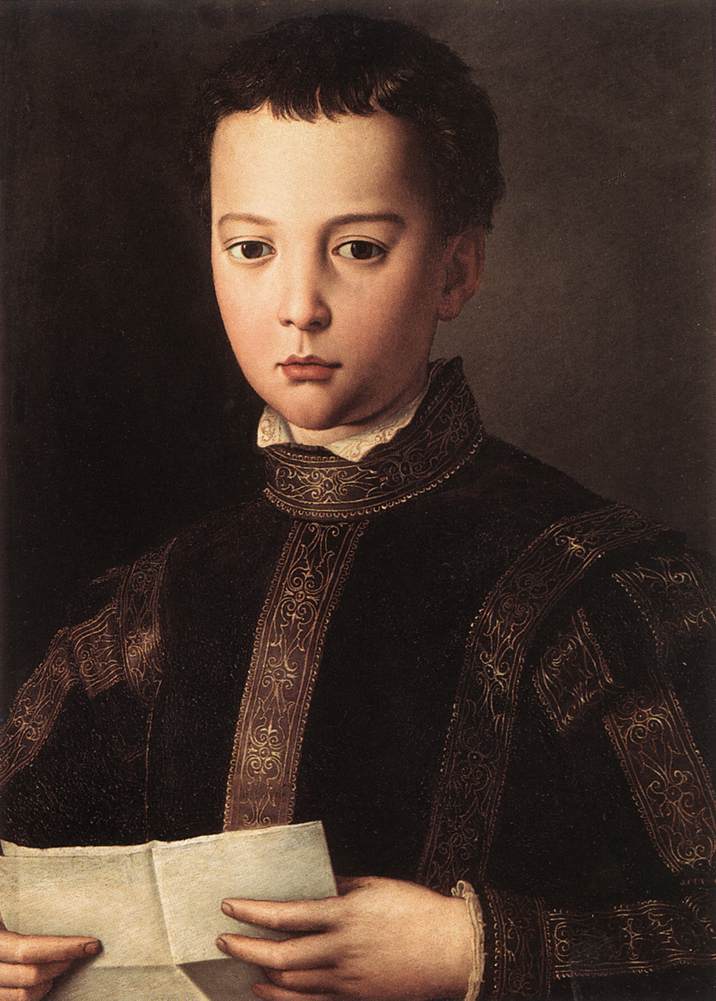|
National Museum Of The Royal Palace
The National Museum of the Royal Palace (Italian: ''Museo nazionale di Palazzo Reale'') is a museum housed in a former royal palazzo at 46 Lungarno Antonio Pacinotti in Pisa, Italy. The building was designed in 1583 by Bernardo Buontalenti for Francesco I de' Medici Francesco I (25 March 1541 – 19 October 1587) was the second Grand Duke of Tuscany, ruling from 1574 until his death in 1587. He was a member of the House of Medici. Biography Born in Florence, Francesco was the son of Cosimo I de' Med ... and - like the Signoria in Pisa - replaced the Medici palace near the church and monastery of San Matteo. Housing paintings, sculpture, tapestries and decorative arts, since December 2014 the Ministero per i beni e le attività culturali has placed the museum under the control of the Polo museale della Toscana, renamed the Direzione regionale Musei in December 2019. References Museums in Pisa Art museums and galleries in Italy Royal residences in Italy { ... [...More Info...] [...Related Items...] OR: [Wikipedia] [Google] [Baidu] |
Pisa
Pisa ( , or ) is a city and ''comune'' in Tuscany, central Italy, straddling the Arno just before it empties into the Ligurian Sea. It is the capital city of the Province of Pisa. Although Pisa is known worldwide for its leaning tower, the city contains more than twenty other historic churches, several medieval palaces, and bridges across the Arno. Much of the city's architecture was financed from its history as one of the Italian maritime republics. The city is also home to the University of Pisa, which has a history going back to the 12th century, the Scuola Normale Superiore di Pisa, founded by Napoleon in 1810, and its offshoot, the Sant'Anna School of Advanced Studies.Scuola Superiore Sant'Anna di Pisa Information statistics History ...
|
Bernardo Buontalenti
Bernardo Buontalenti (), byname of Bernardo Delle Girandole ( 1531 – June 1608), was an Italian stage designer, architect, theatrical designer, military engineer and artist and inventor of italian ice cream. Biography Buontalenti was born in Florence. He entered the service of the Medici as a youth and remained with them the rest of his life. He is said to have been instructed in painting by Salviati and Bronzino, in sculpture by Michelangelo Buonarroti, in architecture by Giorgio Vasari, and in miniature painting under Giulio Clovio. He executed a number of miniatures for Francesco, the son of Cosimo I. More than a painter, he was celebrated as an architect; in this role he was much employed in the design of fortifications, villas, and gardens and is considered one of the most important architects of the Mannerist period. He was also a great mechanic, and an excellent mathematician. In 1562 he travelled to Spain. His first known work is from 1568, the Palazzo di Bianca Ca ... [...More Info...] [...Related Items...] OR: [Wikipedia] [Google] [Baidu] |
Francesco I De' Medici
Francesco I (25 March 1541 – 19 October 1587) was the second Grand Duke of Tuscany, ruling from 1574 until his death in 1587. He was a member of the House of Medici. Biography Born in Florence, Francesco was the son of Cosimo I de' Medici, Grand Duke of Tuscany, and Eleanor of Toledo. He served as regent for his father Cosimo after he retired from his governing duties in 1564. Marriage to Joanna of Austria On 18 December 1565, Francesco married Joanna of Austria, youngest daughter of Holy Roman Emperor Ferdinand I and his wife Anne of Bohemia and Hungary. By all reports, it was not a happy marriage. Joanna was homesick for her native Austria, and Francesco was neither charming nor faithful. In 1578, Joanna died at the age of thirty-one, after falling down a flight of stairs while pregnant with their eighth child. Bianca Cappello Soon after Grand Duchess Joanna had died, Francesco went on to marry his Venetian mistress, Bianca Cappello, after aptly disposing of ... [...More Info...] [...Related Items...] OR: [Wikipedia] [Google] [Baidu] |
Signoria (Pisa)
A ''signoria'' () was the governing authority in many of the Italian city-states during the Middle Ages, Medieval and Renaissance periods. The word ''signoria'' comes from ''signore'' (), or "lord", an abstract noun meaning (roughly) "government", "governing authority", ''de facto'' "sovereignty", "lordship"; : ''signorie''. ''Signoria'' versus the ''comune'' In Italian history the rise of the ''signoria'' is a phase often associated with the decline of the medieval commune system of government and the rise of the dynastic state. In this context the word ''signoria'' (here to be understood as "lordly power") is used in opposition to the institution of the commune or city republic. Contemporary observers and modern historians see the rise of the ''signoria'' as a reaction to the failure of the ''comuni'' to maintain law-and-order and suppress party strife and civil discord. In the anarchic conditions that often prevailed in medieval Italian city-states, people looked to strong ... [...More Info...] [...Related Items...] OR: [Wikipedia] [Google] [Baidu] |


